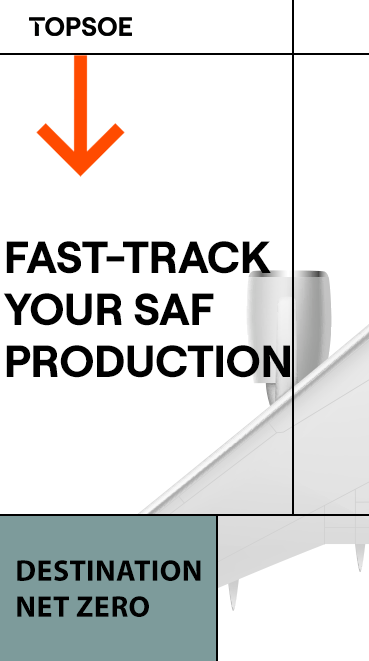Members of European Parliament strike informal deal on REDIII

Members of the European Parliament and the Swedish Presidency of the Council informally agreed March 30 to raise the share of renewables in the EU’s final energy consumption to 42.5 percent by 2030, under the revision of the Renewable Energy Directive (REDIII).
The European Parliament said member states should strive to achieve 45 percent.
The legislation will also speed up procedures to grant permits for new renewable energy power plants, such as solar panels or windmills, or to adapt existing ones.
In the transport sector, renewables deployment should lead to a 14.5 percent reduction in greenhouse-gas (GHG) emissions by using a greater share of advanced biofuels and a more ambitious quota for renewable fuels of nonbiological origin, such as hydrogen.
Members of the European Parliament also secured that member states set an indicative target for innovative renewable energy technology of at least 5 percent of newly installed renewable energy capacity, as well as a binding framework for cross-border energy projects.
They also pushed for stricter criteria on the use of biomass to ensure that the EU does not subsidize unsustainable practices.
Harvesting should be carried out preventing negative impacts on soil quality and biodiversity.
“I am glad that we have succeeded,” said Markus Pieper, lead parliament member for the Industry, Research and Energy Committee. “The council has largely supported our ambitious goals. This is how the energy transition can succeed. This Renewable Energy Directive is a great success. It brings more renewable energy, more climate protection and a simpler and therefore faster expansion of renewable energies in Europe. This will bring us closer to the Paris climate targets and reduce our dependence on others.”
Nils Torvalds, the lead parliament member for the Environment Committee, added, “The negotiations have been extremely difficult. It is almost two years since we started analyzing the commission’s original proposal and the world looked completely different then. The war in Ukraine has caused negotiating parties to change their position many times over but we have managed to reach a result that was acceptable for all negotiating parties and ensures that the EU sticks to its climate obligations.”
The informal agreement will now have to be endorsed by both the European Parliament and council in order to come into law.
The Industry, Research and Energy Committee will hold a confirmation vote in an upcoming meeting.
The European Waste-based & Advanced Biofuels Association said the agreement is a good deal for waste-based and advanced biodiesel.
“EWABA members already supply the road and maritime sectors with over 2.2 million tons of renewable waste-based and advanced biodiesel that achieves more than 90 percent GHG-emissions [reductions] compared to conventional fossil fuels and today’s agreement will enable further growth in the industry,” said Angel Alvarez Alberdi, EWABA secretary general.
The 14.5 percent GHG transport subtarget will ensure that the EU significantly reduces GHG emissions in one of its most polluting sectors, EWABA stated.
“The possibility to set the transport target in energy content will facilitate member states’ policy options to achieve the REDIII objectives,” the association added. “In this context, the reintroduction of double counting for Annex IX biofuels is a highly positive development underpinning the continuous promotion of waste-based and advanced biodiesel in the EU as the best sustainable solution to decarbonize road, especially heavy-duty, and maritime sectors.
“We welcome the inclusion of double flexibility for the 1.7 percent Annex IX Part B limitation that will allow both for member states to raise the contribution of these biofuels and for the commission to increase the cap when new feedstocks are added to the annex.
“We regret the last-minute merging of the subtargets for the minimum incorporation of Part A Biofuels and Renewable Fuels of Non-Biological Origin at 5.5 percent with a 1 percent binding target for RFNBOs, although we estimate that this approach will not result in any major market implications for the production of biodiesel from Part A feedstocks.
“The endorsement of B10 in the revision of the Fuel Quality Directive will pave the way for higher biodiesel blends’ rollout in member states, although we believe that the inclusion of an unnecessary B7 protection grade will slow the process.”






















-RKstandin.jpg)
_gif.gif)




